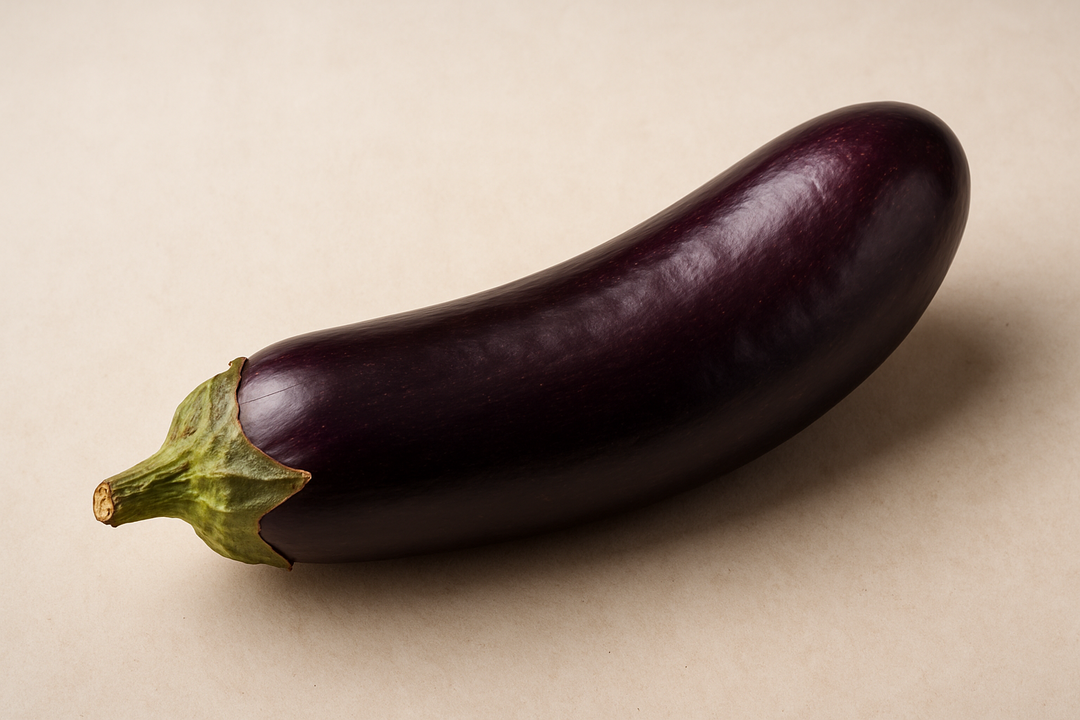Jelqing, a manual technique claiming to enhance penis size through repetitive stretching and massaging, lacks scientific backing and poses potential risks like pain and scar tissue. Despite anecdotal success stories, medical experts advise against it, recommending safer alternatives such as penile traction devices, which have some clinical support for modest gains.
In the realm of male enhancement techniques, jelqing has emerged as a topic of intrigue and debate. This manual stretching and massaging practice claims to enhance penis size, capturing the attention of many through anecdotal success stories and internet forums. Despite its popularity, jelqing remains a controversial subject, particularly within the medical community, which often views these claims with skepticism.
The Skeptical Perspective
At the heart of the controversy surrounding jelqing is the lack of scientific evidence supporting its effectiveness. While countless men are in search of safe and effective methods to enhance their size, jelqing continues to be a contentious option. The method involves creating “microtears” in the penile tissue through repetitive motions, with the belief that these tears will heal and result in increased size. However, the anatomy of the penis, which consists largely of smooth muscle and vascular tissue, does not respond to such stress in the same way skeletal muscle might.
Purpose of This Exploration
This article aims to delve into the complex narrative of jelqing, examining its claims, the scientific stance, and the potential risks involved. By providing a comprehensive overview, we seek to equip readers with a clear understanding of whether jelqing is a myth or a miracle. As we navigate through the details, it becomes crucial to highlight that while jelqing might offer hope to some, it is imperative to approach such methods with caution, given the absence of empirical support and the potential for harm.
Jelqing is a technique that involves using repetitive hand movements to stretch and massage the penis with the goal of increasing its size. The process is believed to create “microtears” in the penile tissue, which proponents claim will heal and result in increased length and girth. However, it’s crucial to understand the methodology behind jelqing and the scientific evidence—or lack thereof—before considering it as a viable option.
The Jelqing Technique: What It Entails
The practice of jelqing typically involves forming an “OK” grip with the thumb and forefinger around the base of the semi-erect penis. The hand is then pulled towards the glans, applying pressure to stretch the tissue. This motion is repeated for a set number of times, often recommended to be done daily or several times a week. The idea is that these microtears will heal and lead to a larger size over time. However, the anatomy of the penis, which is primarily composed of smooth muscle and vascular tissue, does not adapt to stress in the same way as skeletal muscle does. This raises questions about the effectiveness of jelqing.
Scientific Evidence and Anecdotal Claims
When evaluating the effectiveness of jelqing, it’s important to note the absence of scientific support. To date, no clinical trials or rigorous studies have validated jelqing as an effective method for increasing penis size. Most of the claims supporting its efficacy are anecdotal, often shared on internet forums without empirical backing. This lack of scientific validation is a significant red flag for those considering jelqing.
In contrast, some indirect evidence exists for penile traction devices, which have shown modest length gains in clinical studies. These devices work by applying consistent, gentle tension over extended periods, which differs fundamentally from the jelqing technique. Traction devices are backed by more substantial research and are considered safer when used correctly, offering a more reliable alternative for those seeking enhancement.
Safety Concerns and Potential Risks
Beyond the lack of evidence supporting its effectiveness, jelqing poses several safety concerns. The technique can lead to various side effects, including pain, bruising, irritation, and the formation of scar tissue. In more severe cases, aggressive or incorrect jelqing can result in Peyronie’s disease, a condition characterized by the development of fibrous scar tissue inside the penis, leading to curved, painful erections.
Medical experts, including those from reputable organizations like the American Urological Association, strongly advise against jelqing due to these potential risks. They emphasize that any method causing pain should be discontinued immediately, and they recommend consulting with healthcare professionals for safer alternatives.
Expert Opinions and Alternatives
The consensus among medical professionals is clear: jelqing is not recommended due to its unproven efficacy and potential for harm. While some may be tempted by anecdotal success stories, it’s crucial to approach such methods with skepticism and prioritize safety. For those genuinely interested in safe and effective enhancement, discussing options with a healthcare provider is essential.
Alternatives such as penile traction devices have shown some promise in clinical settings, offering modest gains with a better understanding of their mechanisms and safety profiles. Surgical methods, while more effective, are typically reserved for specific medical conditions and come with their own set of risks and considerations.
In conclusion, while jelqing may continue to capture the interest of many, it is vital to recognize the lack of scientific evidence supporting its claims and the potential risks involved. Prioritizing health and consulting with medical professionals for guidance is the best approach for anyone considering penis enlargement methods.
As we continue to explore the topic of jelqing, it’s important to consider the broader cultural and historical context of penile enlargement practices. Historically, various cultures have engaged in different forms of penile stretching, often using weights or other devices. However, these methods generally resulted in tissue damage rather than actual enlargement, highlighting the risks associated with such practices.
Cultural and Historical Context
Anthropological studies reveal that the desire for penile enhancement is not a new phenomenon. Throughout history, different cultures have attempted various techniques, believing they could achieve significant enlargement. These practices, however, often led to adverse effects rather than the desired outcomes. The historical context underscores the persistent allure of penile enhancement and the lengths to which individuals have gone to achieve it, despite the risks involved.
Expert Views and Alternatives
From a medical perspective, the consensus is clear: jelqing is not recommended. Medical professionals emphasize that the lack of scientific validation and the potential for harm make it an unwise choice for those seeking enhancement. While surgical methods do exist, they are typically reserved for specific medical conditions and should be considered only after thorough consultation with a healthcare provider.
For those seeking safer alternatives, penile traction devices offer a more promising option. Unlike jelqing, these devices have some clinical support for modest gains when used consistently and correctly. They operate on a different principle, applying gentle, consistent tension over time, which has been shown to result in some length increase. However, it is crucial to approach even these alternatives with caution and under the guidance of a healthcare professional.
Conclusion
In conclusion, jelqing remains a controversial and largely unsupported method for penile enhancement. Despite the anecdotal claims and widespread discussion on internet forums, there is no scientific evidence to support its efficacy. Moreover, the potential risks associated with jelqing, such as pain, bruising, and the development of scar tissue or Peyronie’s disease, make it a risky endeavor.
For those considering penile enlargement, it is essential to prioritize safety and consult with medical professionals. Exploring evidence-based alternatives and understanding the potential risks and benefits is crucial. Ultimately, informed decision-making and professional guidance are key to navigating the complex landscape of male enhancement techniques.
Frequently Asked Questions
Does jelqing increase penis size?
No clinical evidence supports jelqing as an effective method for increasing penis size. Most claims are anecdotal and lack scientific backing.
What are the risks of jelqing?
Jelqing can lead to several risks, including pain, bruising, irritation, scar tissue formation, and the potential development of Peyronie’s disease.
Are there safer alternatives to jelqing?
Yes, penile traction devices have some clinical support for modest gains and are considered safer when used correctly. Surgical options exist but should be discussed with a healthcare provider.
Why is jelqing popular despite the risks?
Jelqing is popular due to anecdotal success stories and widespread discussion on internet forums, despite lacking scientific support.




